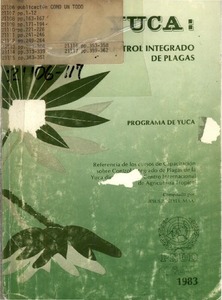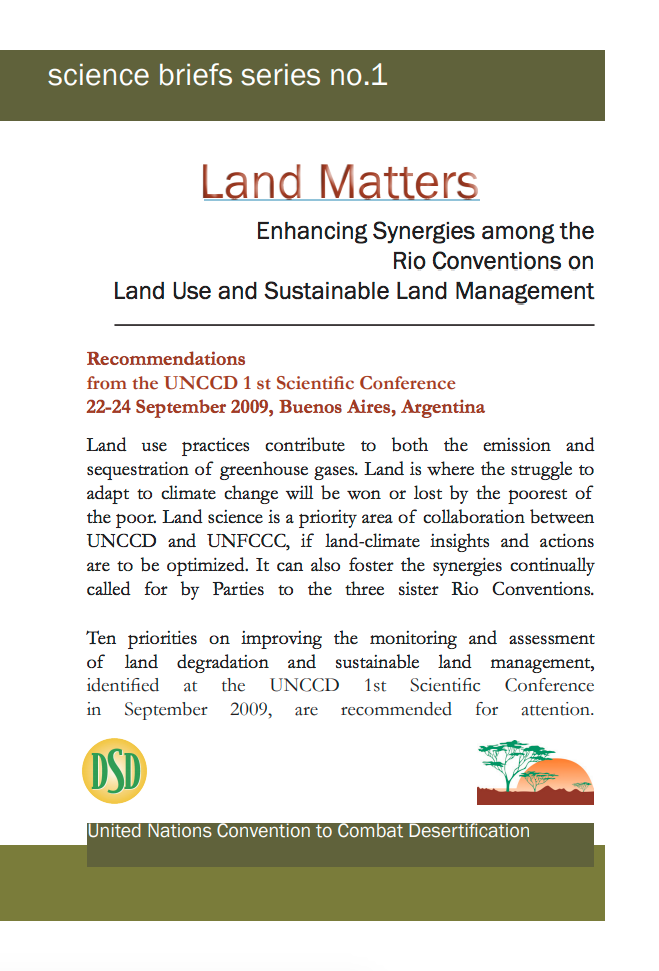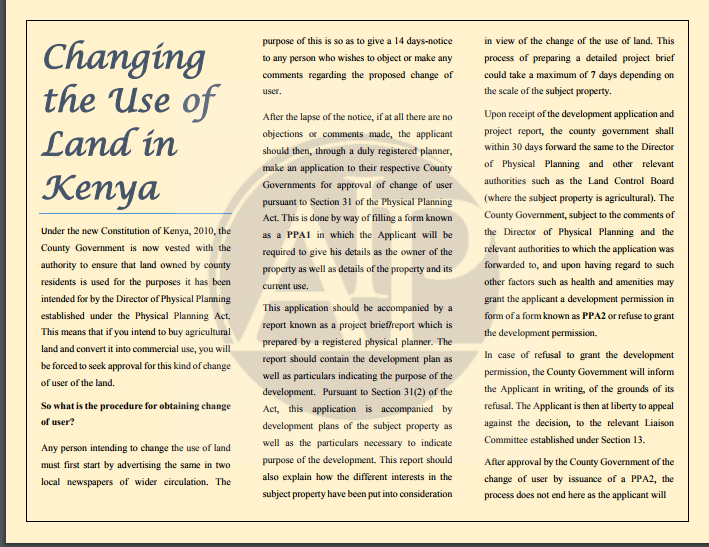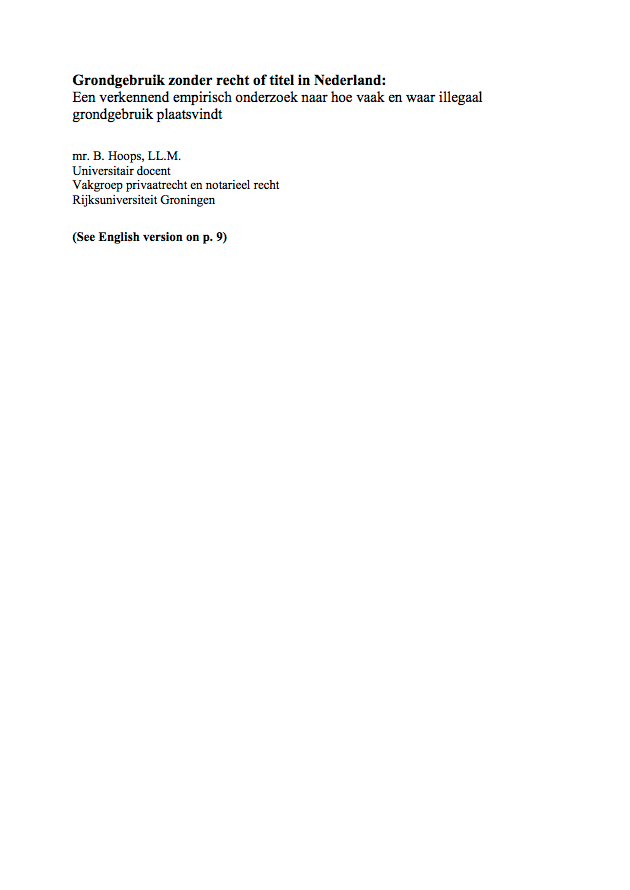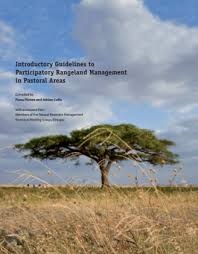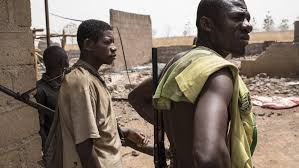Yuca: Control integrado de plagas
Due to the increasing extension of areas planted to cassava in tropical countries, the maintenance of biological equilibrium through adequate integrated control techniques becomes imperative as well as the collection of data on var. resistance, biological control, and cultural practices. Basic information for integrated pest control is given. Arthropods attacking cassava are described regarding yield losses, biology, morphology, and ecology. Criteria for the establishment of a control program on var.

